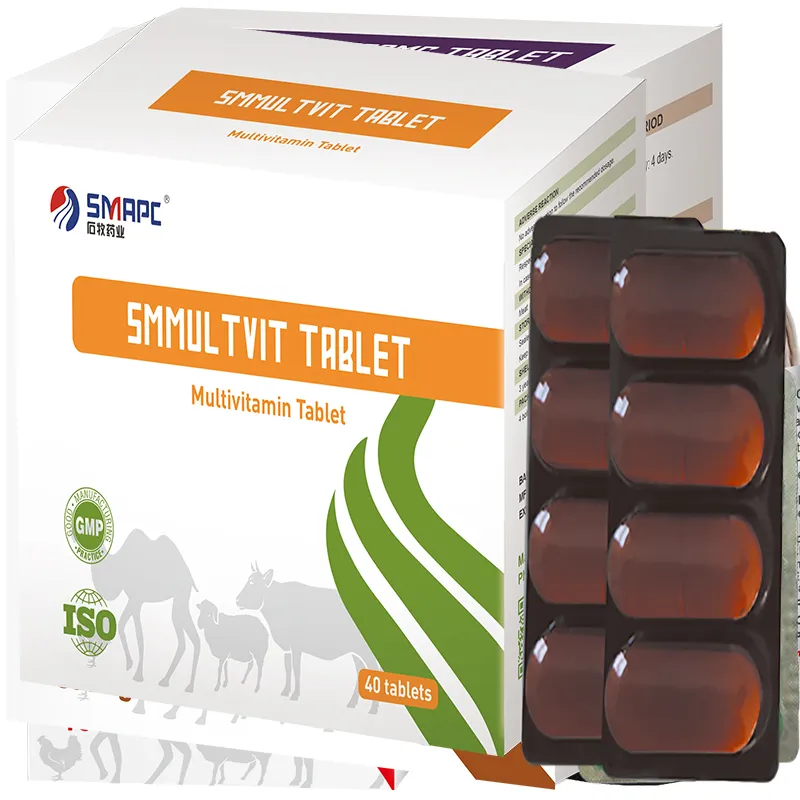In the modern poultry industry, effective disease management is paramount for ensuring the health and productivity of flocks. Among the various veterinary medicinal products available, Respiron has emerged as a critical solution for respiratory diseases, which are prevalent in poultry operations. The pricing of Respiron plays a significant role in its accessibility and the overall economic viability of poultry farming.






